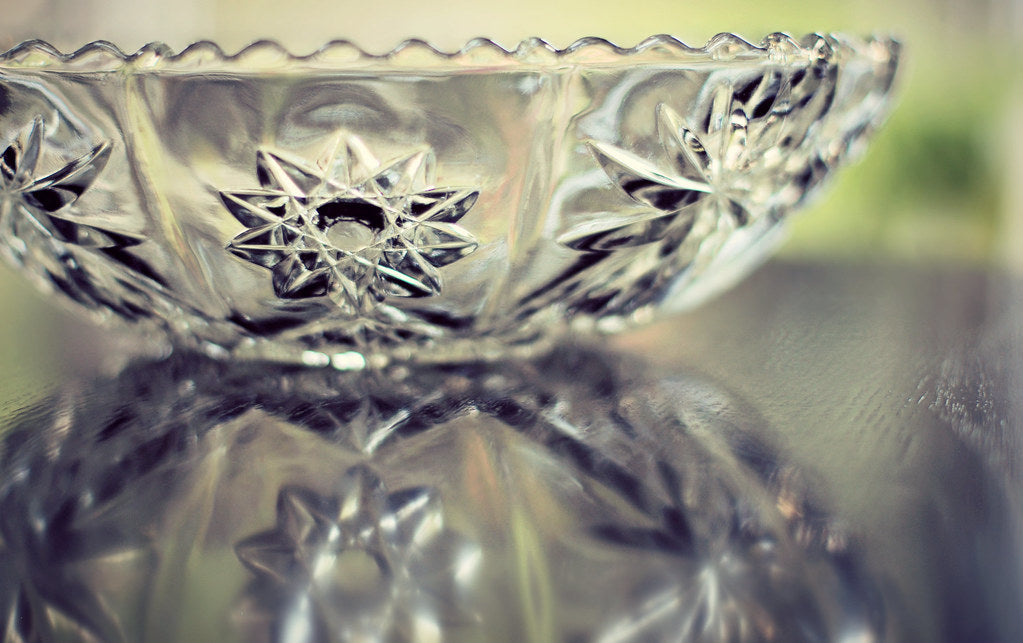Anchor Hocking: A Collector’s Guide to Timeless Glassware

Anchor Hocking is a name synonymous with American-made glassware, renowned for its durability, affordability, and timeless designs. Since its inception in 1905, the company has played a major role in shaping the glassware industry, producing iconic pieces that continue to captivate collectors today.
The Birth of Anchor Hocking
In 1905, Isaac Jacob (Ike) Collins, along with six partners, purchased the Lancaster Carbon Company in Lancaster, Ohio, and renamed it the Hocking Glass Company after the nearby Hocking River. This venture marked the beginning of what would become Anchor Hocking. In 1937, the company merged with the Anchor Cap and Closure Corporation, forming the Anchor Hocking Glass Corporation.
Over the decades, Anchor Hocking expanded its operations, establishing facilities in Salem, New Jersey, Monaca, Pennsylvania, Elmira, New York, and Streator, Illinois. The company became a household name, producing a wide array of glass products, including bakeware, drinkware, and storage containers.
The Rise of Fire-King
Among Anchor Hocking's most celebrated lines is Fire-King, introduced in the early 1940s. Initially designed for military and institutional use, Fire-King quickly gained popularity for its durability and stylish designs. The line featured various patterns, including the iconic Jadeite, a translucent green glassware that remains highly sought after by collectors.
Collector's Guide: Identifying and Valuing Anchor Hocking Pieces
Common Marks and Patterns
Anchor Hocking utilized various marks throughout its history. Early pieces often bear the "HC" mark, representing the Hocking Glass Company. Later items may feature the "Anchor Hocking" name or the anchor logo, signifying their authenticity.
Popular patterns include:
- Jadeite: A soft green hue, often associated with Fire-King.
- Early American Prescut (EAPC): Characterized by its intricate diamond and fan pattern.
- Royal Ruby: A deep red glassware produced during the 1950s.
- Forest Green: A rich green color introduced in the 1960s.
The value of Anchor Hocking pieces varies based on factors such as rarity, condition, and demand. Generally, items in excellent condition with original labels or packaging command higher prices. Limited edition pieces or those in discontinued patterns are particularly valuable.
For a more in-depth understanding of valuation, "A Collector's Guide to Anchor Hocking's Fire-King Glassware" provides current pricing information and insights into market trends.
Where to Find Anchor Hocking Collectibles
Anchor Hocking collectibles can be found through various channels:
- Antique Stores and Flea Markets: Local establishments often carry vintage glassware.
- Online Marketplaces: Websites like eBay and Etsy host a wide range of Anchor Hocking items.
- Collector Shows and Conventions: Events dedicated to glassware and antiques provide opportunities to purchase and learn more about Anchor Hocking pieces.
-
Shop Our Collection: Explore our current catalogue to discover what Anchor Hocking pieces we have to offer!
When purchasing online, always verify the authenticity of the item and the seller's credibility. Detailed photographs and descriptions can help ensure you're acquiring genuine Anchor Hocking products.
Further Reading and Resources
- Books:
These resources provide information, from historical context to detailed photographs, helping collectors on their journey to understand and appreciate Anchor Hocking's legacy.
Conclusion
Anchor Hocking's rich history and commitment to quality have cemented its place in the annals of American manufacturing. For collectors, the company's diverse range of glassware offers a tangible connection to the past, with each piece telling a story of craftsmanship and innovation. Whether you're a seasoned collector or a newcomer, exploring Anchor Hocking's offerings provides a rewarding experience that celebrates both history and design.



